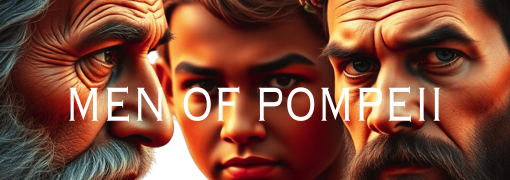Ethnocentrism is the belief that one’s own culture is superior to others, and it often leads to viewing other cultures through a biased perspective. This concept is crucial when examining how the Romans viewed other cultures. The Roman Empire was vast and diverse, encompassing various societies with unique customs and traditions. Understanding Roman ethnocentrism reveals how these perceptions shaped interactions and relationships within the empire.
This article explores the significance of studying Roman views on other cultures and its impact on imperial policies and social dynamics. We will also discuss how Roman ethnocentrism not only justified their conquests but also defined their identity, influencing subsequent cultural narratives.
By examining ancient perspectives like Roman ethnocentrism, we can gain insights into contemporary discussions about culture and identity. The Roman roads, which served as the backbone of the empire, exemplify how these cultural perspectives influenced imperial policies. Additionally, the art and culture during this period, characterized by remarkable artistic expressions heavily influenced by earlier Greek and Etruscan traditions, also reflect these ethnocentric views.
Historical Context of Roman Ethnocentrism
The Roman Empire, which expanded significantly from its establishment in 27 BCE to its peak in the 2nd century CE, was characterized by military conquests, political alliances, and colonization. This expansion led to a vast empire that encompassed diverse cultures across Europe, North Africa, and parts of Asia.
1. Diversity of Cultures
Within this extensive territory, the Romans encountered various ethnic groups, each with distinct customs, languages, and societal structures. From the sophisticated Greeks to the tribal societies of Gaul and Germania, the cultural interactions were complex and often marked by tension.
2. Historical Events Influencing Views
Several historical events shaped Roman perspectives on these “Others.” The Punic Wars against Carthage fostered a sense of superiority among Romans as they defined their identity against perceived foes. Similarly, encounters with Celtic tribes during the Gallic Wars influenced how Romans viewed both valor and barbarism.
These interactions not only enriched Roman culture but also reinforced an ethnocentric worldview. The Romans often measured other societies against their own standards of civilization, leading to simplifications and stereotypes that justified their imperial ambitions and cultural dominance.
To delve deeper into the fascinating world of Ancient Rome, including its origins as a Republic and its transformation into a mighty Empire, I recommend visiting Men of Pompeii. They provide engaging content that brings the past to life.
Understanding the role of agriculture in Roman economic growth is also crucial. This sector extended beyond mere food production and was a crucial driver of Rome’s economic and social development. More about this can be found in Men of Pompeii’s article on the role of agriculture in Roman economic growth.
Moreover, exploring the ancient Roman religion can provide insights into how religious practices intertwined with every aspect of their lives.
Lastly, understanding the rise and fall of the Roman Empire can shed light on how this ancient civilization has left an indelible mark on the world.
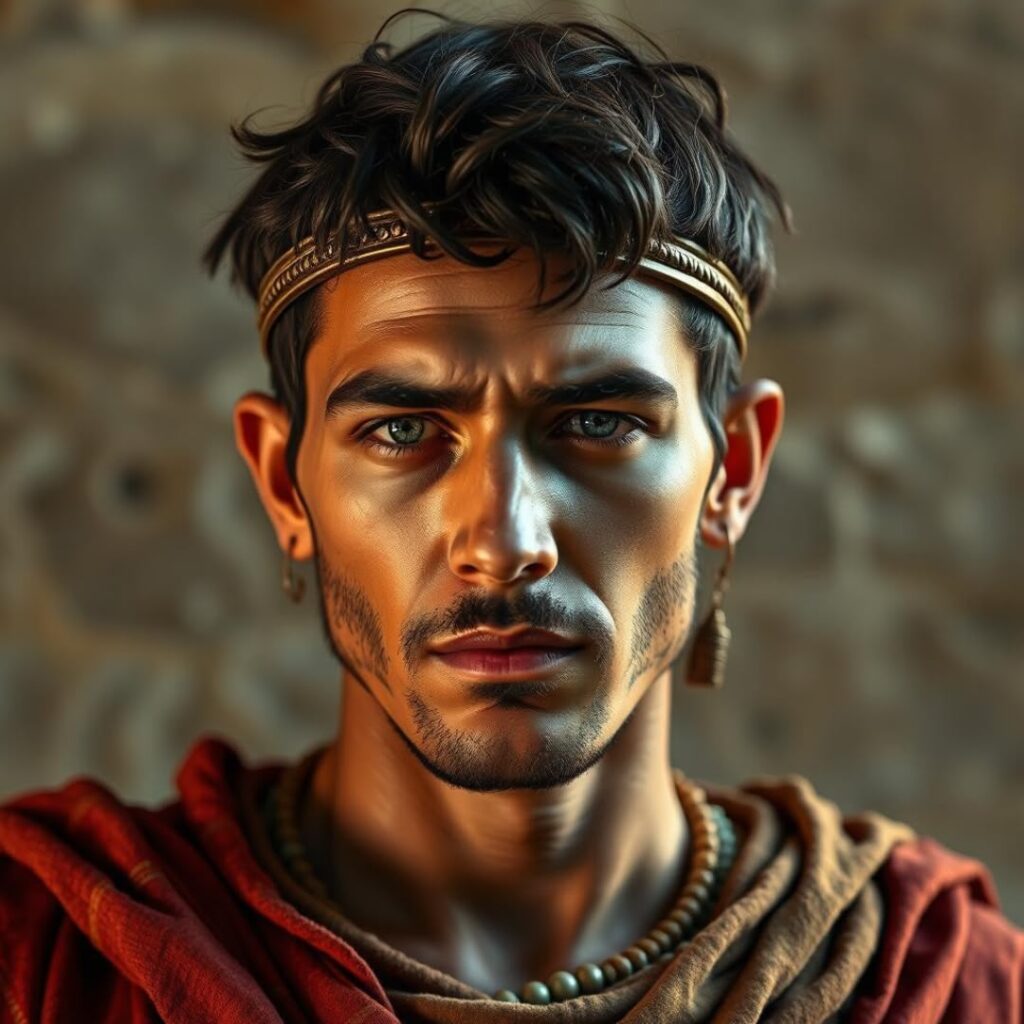
Literary Representations and Ethnographies
Julius Caesar’s Accounts of Gaul
Julius Caesar’s Commentarii de Bello Gallico is an important work that shows Roman bias through its detailed accounts of the Gallic Wars. Written between 58 and 49 BCE, this text not only tells the story of military campaigns but also analyzes the Gallic tribes.
Summary of Caesar’s Writings
Caesar carefully records his interactions with different Gallic tribes, explaining their customs, social structures, and military practices. His narrative combines personal thoughts and strategic reasoning, aiming to inform Roman citizens and improve his own political position. Throughout the text, the tone shifts between admiration for Gallic bravery and a clear assertion of Roman superiority.
Portrayal of the Gallic People
In Commentarii de Bello Gallico, the Gallic people are portrayed as “civilized but inferior.” This duality reflects a common theme in Roman literature, where other cultures are recognized for their accomplishments yet ultimately seen as lacking compared to Rome. Notably, Caesar highlights aspects of Gallic society such as their tribal organization and warrior culture. Despite acknowledging these qualities, he emphasizes their perceived barbarism—characterized by a lack of centralized governance and adherence to what he considers civilized norms.
Impact on Roman Identity
The consequences of Caesar’s depiction go beyond simple description; they actively shape Roman identity and provide justification for imperialism. By presenting the Gauls as noble yet uncivilized, Caesar strengthens the idea that conquest is not just an aggressive act but also a mission to bring civilization. This storytelling technique promotes a sense of moral superiority among Romans, reinforcing the belief that expanding their empire means spreading civilization.
The influence of Commentarii de Bello Gallico extends into how Romans see themselves. It creates a shared identity based on cultural superiority while justifying military expansion. Through his writings, Caesar portrays Rome as both powerful and kind—a defender against chaos represented by barbarian tribes.
Understanding these literary representations shows us how biased stories were used to define what it means to be “civilized” versus “barbaric.” These ideas still resonate today when we talk about how identities are formed and cultures interact with each other.
By examining these historical texts, we can gain insights not only into ancient Rome but also into the lasting effects of ethnocentrism that continue to shape our views on cultural differences around the world.
In exploring these themes further, one might find it interesting to consider how such historical narratives could be reinterpreted or experienced in modern contexts—perhaps even through immersive mediums like role-playing games. For instance, JP Farmer, who enjoys role-playing in Second Life, particularly in the world of Romanum, brings a unique perspective to these historical accounts by embodying characters from this era. Such experiences can offer valuable insights into our understanding of history and its impact on contemporary identity formation.
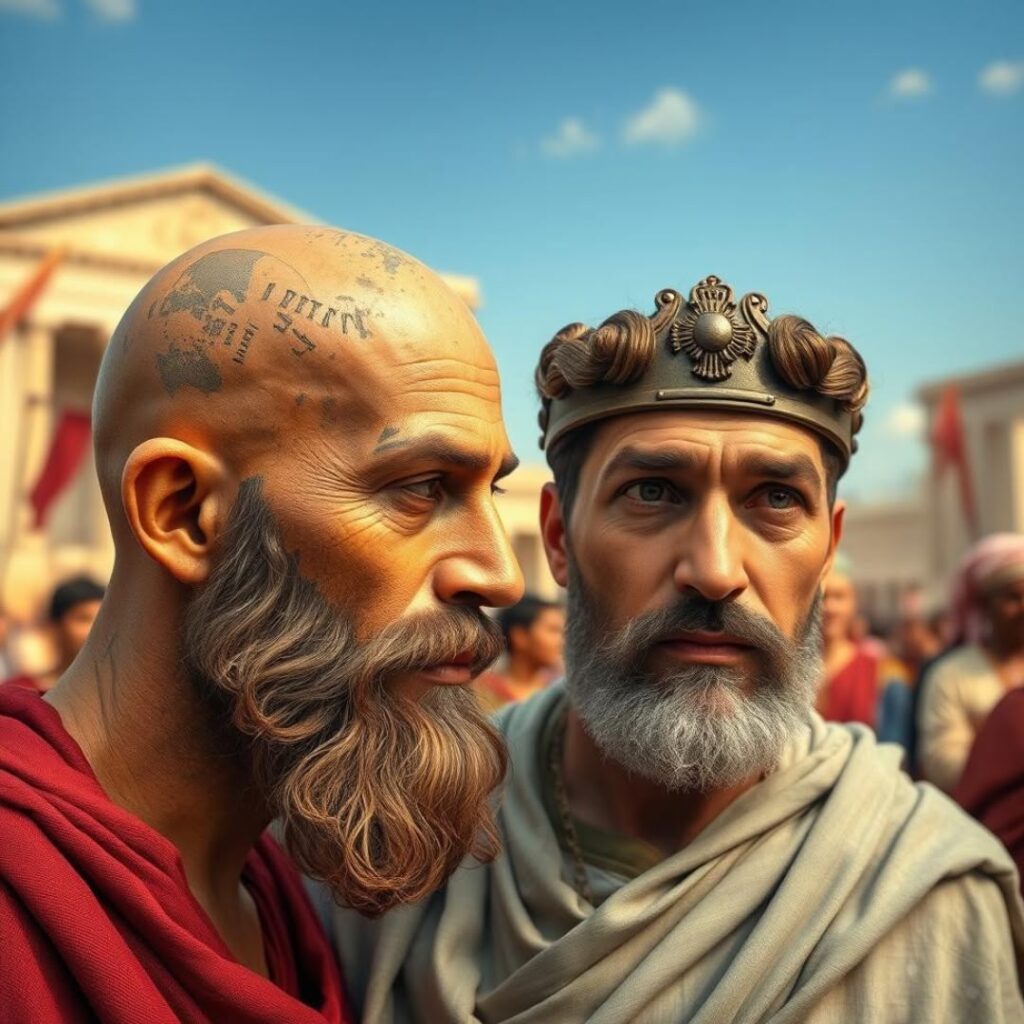
Tacitus’s Germania: A Study in Hyper-Masculinity and Societal Structures
Tacitus’s Germania serves as a pivotal ethnographic account that offers insight into Roman perceptions of the Germanic tribes. His depiction is marked by a nuanced portrayal of cultural differences, highlighting the ways gender constructs influenced Roman views.
1. Hyper-Masculinity
Tacitus emphasizes traits such as bravery, strength, and combat prowess within Germanic societies. This hyper-masculine ideal contrasts sharply with Roman values, which, while also valuing masculinity, often included a structured societal order that Tacitus suggests the Germans lack. Such structured societal order is evident in the lives of plebeians, who, despite being commoners, played a vital role in the fabric of Roman society.
2. Cultural Stereotypes
The portrayal of Germanic tribes as warlike and unrefined reinforces stereotypes that served to elevate Roman identity. By depicting these groups as lacking in civilization yet possessing admirable masculine qualities, Tacitus illustrates a complex relationship between admiration and disdain.
3. Societal Structures
Tacitus presents Germanic society as tribal and decentralized, contrasting it with the organized nature of Rome. This differentiation underscores Roman beliefs in their own superiority and reflects broader themes of ethnocentrism within their literature. The organized nature of Rome is further exemplified by their architectural achievements, which were not merely functional but also served as a testament to their power and cultural identity. These Roman architecture masterpieces reflect their innovative spirit and ability to transform the architectural landscape of their time.
These elements reveal how Tacitus’s work not only shapes perceptions of other cultures but also contributes to the construction of Roman self-identity through the lens of cultural superiority. Additionally, the impact of Roman engineering feats on future generations serves as a foundation for contemporary infrastructure systems and further solidifies their legacy.
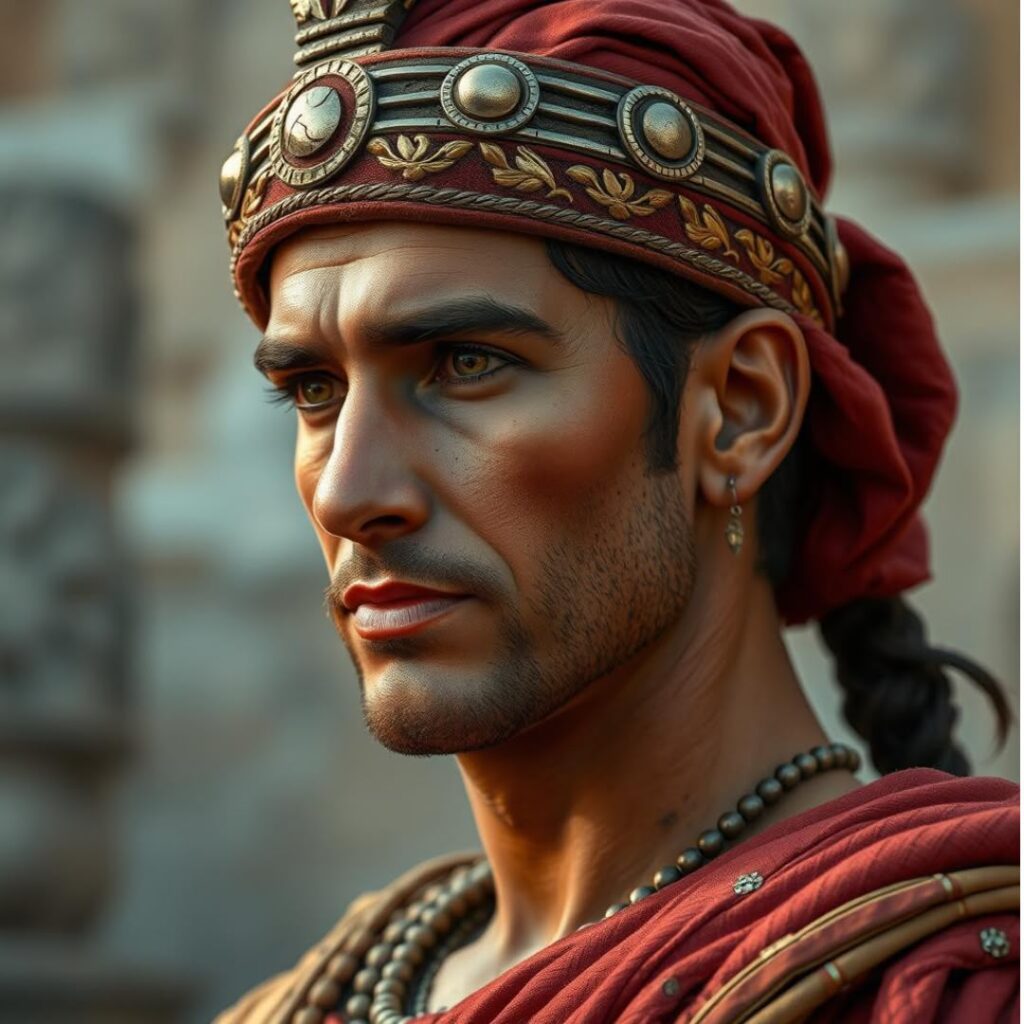
The Conceptualization of the ‘Barbarian’ in Roman Thought
The term “barbarian” has deep roots in classical thought, evolving significantly throughout Roman discourse. Initially borrowed from Greek, where it described non-Greek speakers as uncivilized, the Romans adapted this concept to articulate their cultural identity. The label served not just as a descriptor but as a means to establish a clear boundary between themselves and perceived cultural “Others.”
Defining Civilization vs. Barbarism
Romans defined their civilization in opposition to those they labeled as barbarians. This distinction was critical for understanding their self-perception and identity. Key aspects include:
- Geographical Boundaries: The Romans often used physical geography—rivers, mountains, and other natural barriers—to delineate the civilized world from barbarism. Areas beyond the empire’s limits were seen as chaotic and uncultured.
- Cultural Practices: Language, customs, and societal structures were key indicators that Romans used to categorize cultures. Those who shared similar customs or spoke Latin were often more readily absorbed into Roman society.
Gender Constructs in Roman Ethnocentrism: A Comparative Analysis
Gender roles played a significant role in how the Romans constructed their views of other cultures. Both Caesar and Tacitus employed gendered language to illustrate cultural distinctions:
- Roman Masculinity: Roman society emphasized ideals of masculinity characterized by strength, discipline, and civic duty. This ideal served as a benchmark against which other cultures were judged.
- Germanic Hyper-Masculinity: In Tacitus’s Germania, Germanic tribes are depicted as hyper-masculine warriors, embodying raw physical power yet lacking the civilized structures that defined Rome. This portrayal reinforced stereotypes of barbarism.
- Gallic Civility vs. Inferiority: In contrast, Caesar’s accounts of the Gauls present them as more “civilized” but still inferior. They showcased elements of Roman culture while fundamentally lacking the virtues attributed to true Roman identity.
The contrasts between Roman masculinity and those attributed to other cultures created a hierarchy that reinforced ethnic distinctions. These narratives served dual purposes:
- Justifying military conquests by portraying enemies as less civilized.
- Strengthening internal cohesion among Romans by fostering a sense of superiority.
Such ethnographic descriptions shaped not only Roman views on external cultures but also informed their own societal norms and values. Through these constructs, concepts of barbarism became intertwined with ideas of gender, cultural identity, and power dynamics within the empire.
Understanding how the Romans viewed other cultures provides valuable insight into their ethnocentric worldview and its implications for imperial expansion.
The Role of Law and Governance in Shaping Roman Identity
The Twelve Tables, established between 451-450 BCE, marked a significant milestone in the development of Roman law and legal history. These laws represented the first attempt to codify the complex and often arbitrary legal practices of ancient Rome. Such codification not only influenced governance but also played a role in reinforcing the distinction between civilization and barbarism.
Speaking of governance, it’s essential to highlight how the Roman Republic was governed. This period marked a significant transition from monarchy to a complex political structure, laying the foundation for modern democracies.
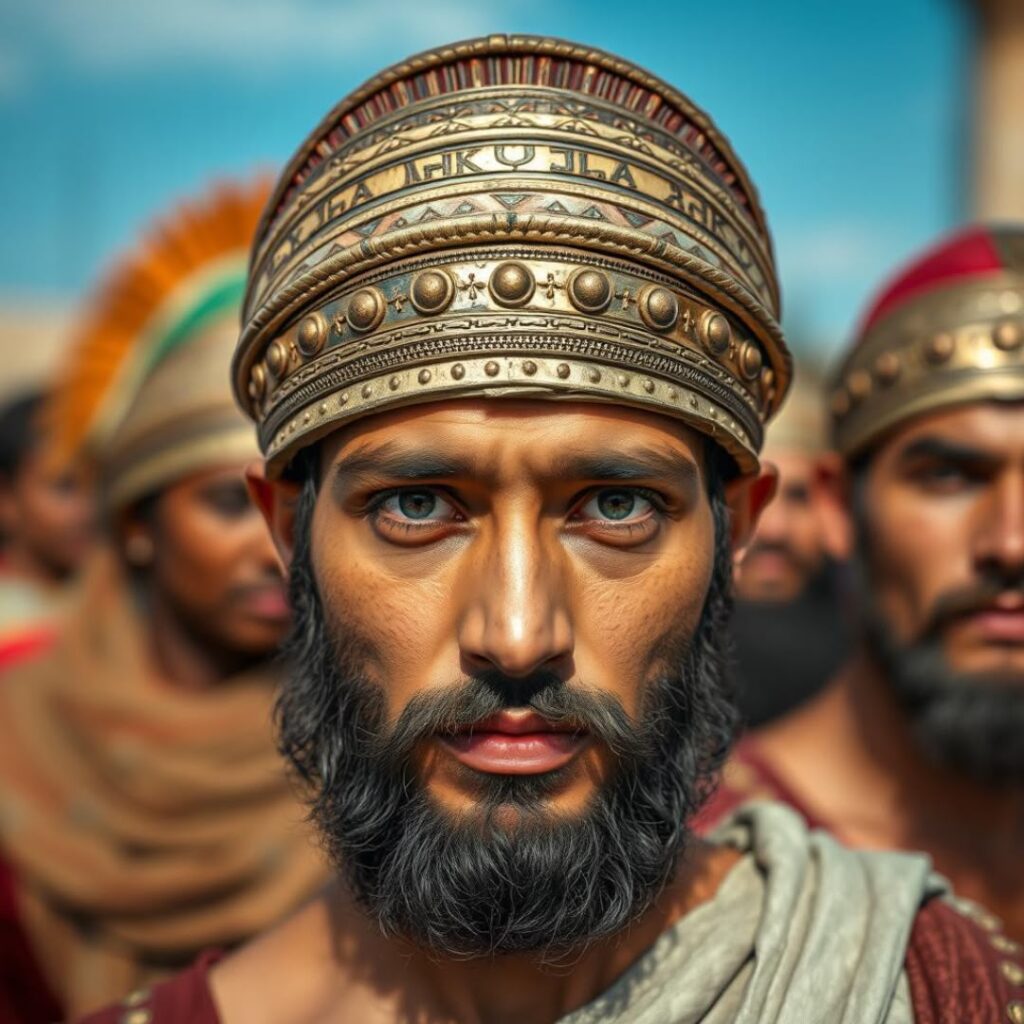
Justifying Conquest: The Role of Ethnocentric Narratives in Imperial Expansion
Roman views on ethnicity were distinct from modern concepts of race, placing significant emphasis on customs and language as determinants of cultural identity. This approach allowed for a complex understanding of assimilation within the diverse populations of the empire.
Key aspects include:
- Cultural Practices Over Biology: Romans categorized ethnic groups based on their societal customs rather than physical characteristics. For example, a group’s ability to adopt Roman customs often influenced their perceived status.
- Varying Degrees of Assimilation: Some cultures adapted more readily to Roman norms than others. The Gauls, while considered somewhat civilized, were still seen as inferior due to their perceived lack of political structure. In contrast, the Iberians displayed a higher degree of integration into Roman society.
- Examples of Integration:
- The adoption of Latin language and Roman legal practices among conquered peoples facilitated smoother assimilation.
- Certain tribes, such as the Thracians, embraced aspects of Roman culture while maintaining unique traditions, illustrating a blend that enriched the empire.
This nuanced perception highlights how the Romans navigated the complexities of cultural differences while enforcing their identity as a superior civilization.
The Lasting Influence of Roman Ethnocentrism in Modern Culture Studies
Ethnocentric stories were crucial in justifying military conquests within the Roman Empire. These stories weren’t just expressions of cultural arrogance; they were important tools for legitimizing imperialism and asserting cultural dominance over other societies. Here are some key examples:
- Britain: The Romans depicted the inhabitants as uncivilized and barbaric. This portrayal allowed them to justify military actions under the pretense of ‘civilizing’ the native populations.
- Dacia: Similarly, the conquest of Dacia was framed as a necessary action against a perceived threat, reinforcing the need for Roman expansion and control.
Literature had a significant impact on how people viewed these military conquests. Influential authors like Julius Caesar and Tacitus presented ethnographic accounts that portrayed non-Roman cultures negatively. This connection between literature and political power shaped societal attitudes toward conquest, fostering support for imperial ambitions.
These stories not only justified aggressive expansion but also strengthened a Roman identity based on superiority, leaving a lasting impact on how cultures and civilizations were perceived. The wealthy and powerful elite of ancient Rome, known as the patricians, played a significant role in perpetuating these ethnocentric views through their influence and control over resources and power structures. Understanding this dynamic enhances our understanding of historical motivations and their ongoing legacy in contemporary discussions about culture and identity.
The legacy of Roman ethnocentrism remains profoundly relevant today. Ancient perspectives shape contemporary understandings of culture and identity, influencing how societies categorize and interact with one another.
- Cultural Stereotypes: Modern perceptions of “civilized” versus “barbaric” continue to echo the Roman worldview, impacting global interactions.
- Identity Formation: Ethnocentric narratives inform national identities, as seen in various cultural contexts where historical dominance is invoked to justify current policies.
A deeper exploration into these themes will enrich knowledge about how the Romans viewed other cultures. Understanding the complexities and nuances within Roman perspectives unveils the intricacies of cultural dynamics, highlighting the importance of examining historical narratives critically. Engaging with these ancient texts can illuminate modern implications, offering insights into ongoing debates surrounding identity, assimilation, and cultural superiority.
For instance, the spectacle of ancient Rome, with its gladiators, chariot races, and theaters, not only served as entertainment but also played a crucial role in shaping social relationships and political authority. This aspect of Roman life reflects their ethnocentric views as they often considered themselves superior to other cultures.
Moreover, the legacy of ancient Rome continues to be a cornerstone of Western civilization. The profound impact of Roman culture, governance, and innovations can be seen in various aspects of modern society.
In examining daily life in ancient Rome, we find a stark social class divide that further illustrates their ethnocentric beliefs. The patricians and plebeians lived vastly different lives, which was reflective of their societal status.
To gain a comprehensive understanding of these themes, one might consider exploring ancient Rome, a journey through time that reveals not just tales of conquest and expansion but also stories of innovation, culture, and governance that have left an indelible mark on the world.
Finally, it’s essential to recognize the rise of Stoicism in Rome, a philosophical school that emphasized living in harmony with nature and using reason. These ideas became popular in Roman culture and influenced significant thinkers throughout the empire. Understanding this philosophical shift can provide further insight into the ethnocentric narratives that shaped Roman identity and their interactions with other cultures.
FAQs (Frequently Asked Questions)
What is ethnocentrism and why is it significant in studying Roman culture?
Ethnocentrism refers to the belief that one’s own culture is superior to others. In the context of Roman culture, studying ethnocentrism is significant as it reveals how Romans perceived and interacted with diverse cultures within their empire, shaping their identity and justifying imperial expansion.
How did the expansion of the Roman Empire influence its views on other cultures?
The expansion of the Roman Empire brought a variety of cultures into contact with Roman society. This historical context fostered a sense of cultural superiority among Romans, leading them to view conquered peoples through an ethnocentric lens, often portraying them as ‘civilized but inferior’.
What role did literary works like those of Julius Caesar and Tacitus play in shaping Roman perceptions of other cultures?
Literary works such as Julius Caesar’s ‘Commentarii de Bello Gallico’ and Tacitus’s ‘Germania’ played a crucial role in shaping Roman perceptions by providing ethnographic accounts that reflected and reinforced ethnocentric views, emphasizing cultural superiority and hyper-masculinity in contrasting other societies.
How did the concept of ‘barbarism’ evolve in Roman thought?
In Roman thought, ‘barbarism’ evolved as a means to define cultural identity against perceived ‘Others’. Romans used geographical boundaries to distinguish between civilization and barbarism, reflecting their ethnocentric beliefs that justified their conquests and dominance over other cultures.
What were the implications of gender constructs in Roman ethnocentrism?
Gender constructs significantly influenced Roman ethnocentrism by illustrating cultural differences. Works by Caesar and Tacitus emphasized hyper-masculinity as a marker of superiority, reinforcing ethnic hierarchies and affecting how Romans viewed both themselves and other cultures.
How does Roman ethnocentrism continue to impact contemporary culture studies?
The legacy of Roman ethnocentrism endures in contemporary culture studies by influencing modern understandings of cultural identity. The perspectives shaped by ancient Romans still resonate today, prompting further research into the complexities surrounding cultural interactions and identities.

